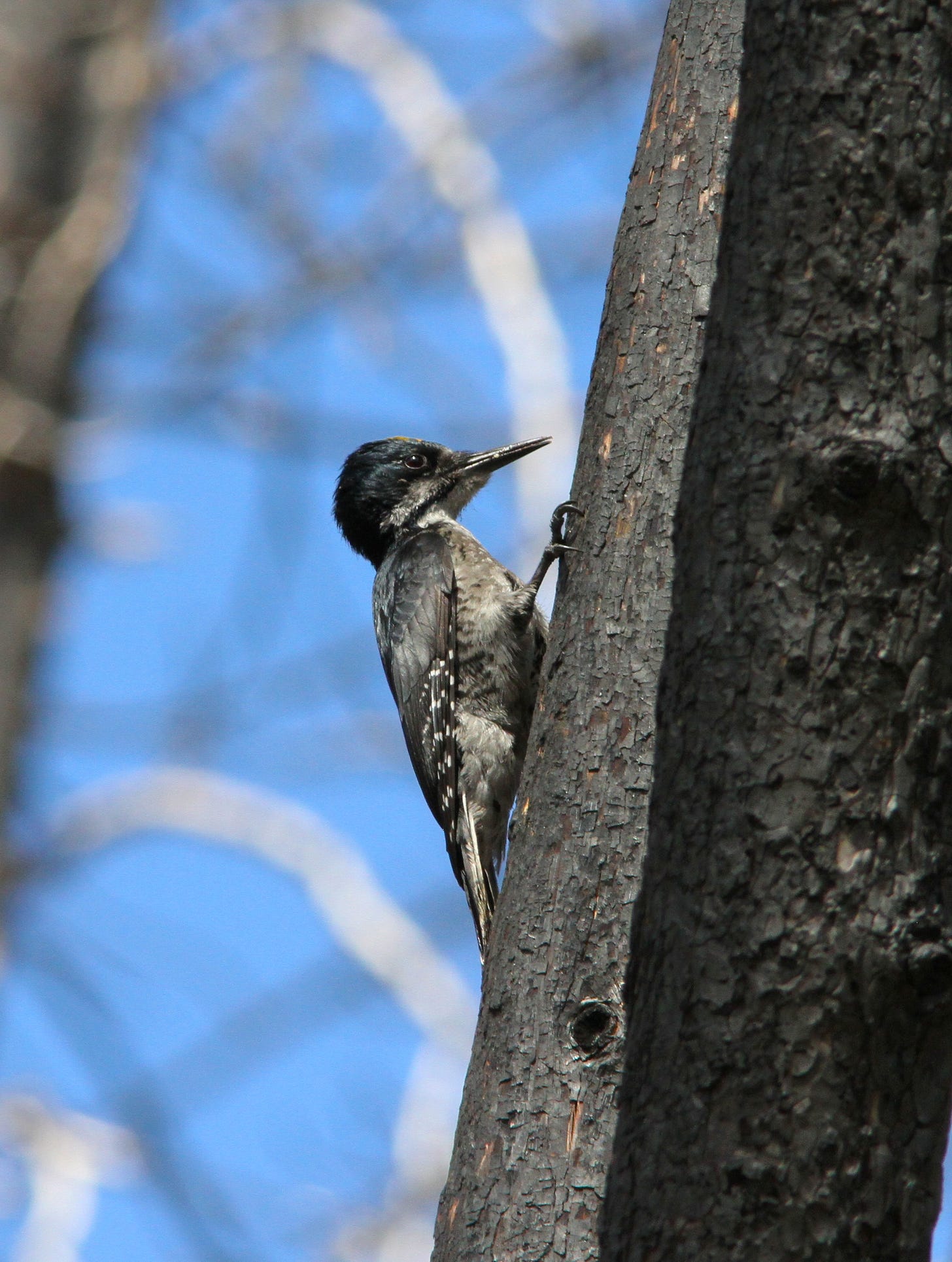
In this episode, I catch up with Maya Khosla and Craig Swolgaard in the field in a recently burned snag forest near Mono Lake, California. Our discussion revolves around the ecological importance of snag forests (areas with standing dead trees primarily caused by wildfires and/or insects). Maya and Craig discuss the ecological significance and the rich biodiversity of snag forests, emphasizing their unique role in supporting a wide range of plant and animal species, particularly birds. Our conversation features observations about various bird species, their nesting habits, and the astounding natural regeneration occurring in these burned forests. Highlights include discussions on the challenges posed by industrial exploitation, misinformation, and inadequate environmental protections of these misunderstood and under appreciated ecosystems.
Maya Khosla is a biologist and writer who has served as Poet Laureate of Sonoma County in California. Her books include “All the Fires of Wind and Light,” and “Keel Bone.” She is now working as a filmmaker highlighting biomass energy and forests.
Craig Swolgaard is a retired scientist with a Bachelor’s degree in Plant Science (UC Davis) and a Master’s degree in Conservation Biology (Sacramento State University). Craig has conducted extensive field research for the John Muir Project searching for nesting black-backed woodpeckers in post-fire forests across the Sierra Nevada and Southern Cascades. He is co-author of the paper “Reproduction of a Serotinous Conifer, the Giant Sequoia, in a Large High-Severity Fire Area” in the journal Fire, 2024.
01:02 Support and Accessibility
02:37 Episode Overview: Snag Forests
03:39 Field Observations and Insights
04:17 Ecological Importance of Snag Forests
05:46 Birds and Biodiversity in Burned Forests
08:45 Challenges and Misconceptions
20:03 Black-backed Woodpecker: A Keystone Species
32:47 Research and Conservation Efforts
37:20 The Sequoia Forest Crisis
37:45 National and International Significance
39:00 Replanting and Biodiversity
40:36 Concerns About Biomass Energy
41:58 Environmental Impact of Bioenergy
43:36 Clear Cutting in Canada
44:13 Glyphosate Use on Public Lands
45:35 Exploring the Burned Forest
46:15 Bird Watching in the Burned Forest
53:16 Personal Stories and Backgrounds
56:33 Key Messages on Forest Management
58:27 Bird Behavior and Nesting
01:00:46 The Importance of Public Lands


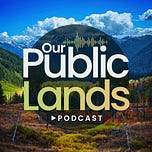

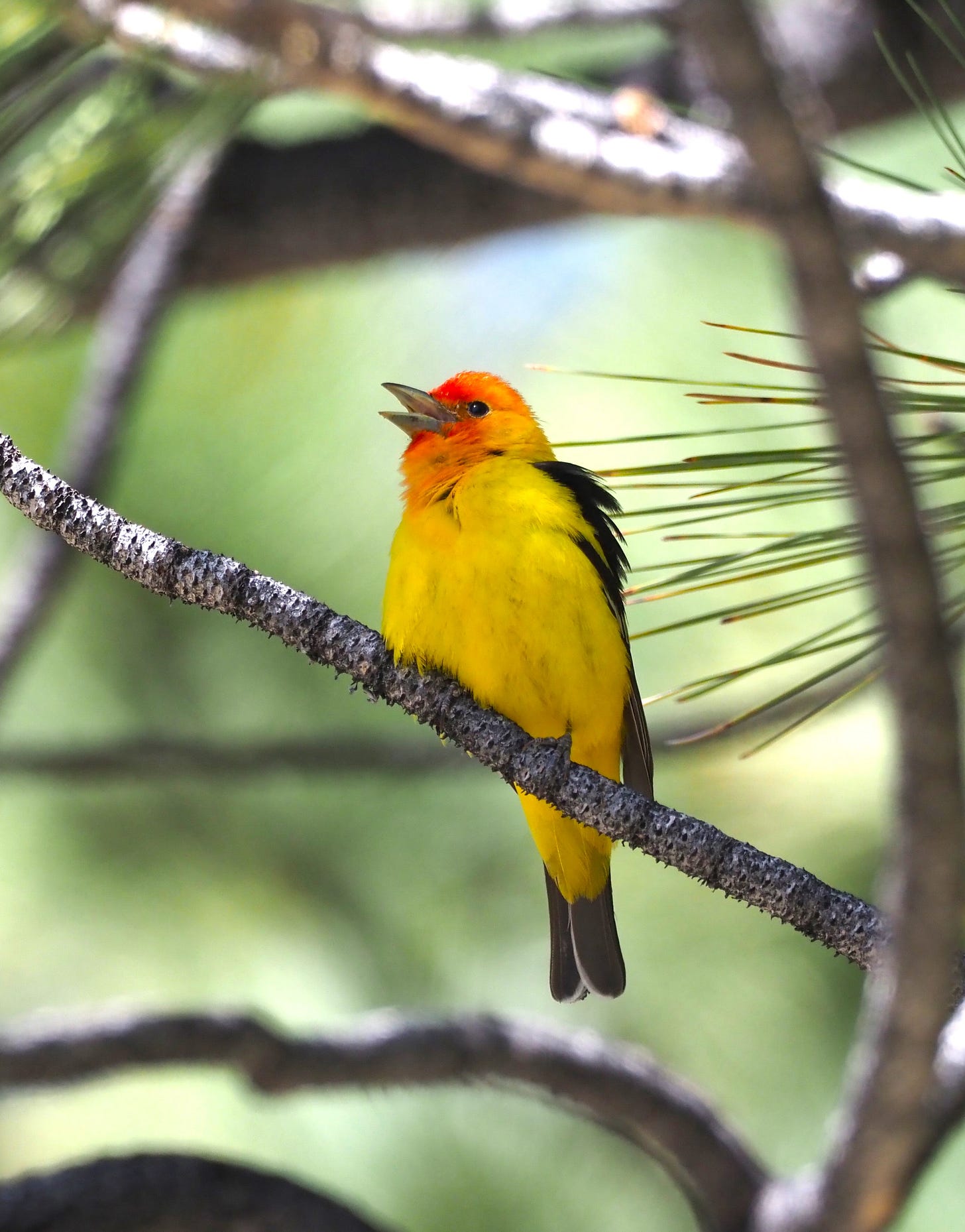


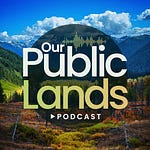

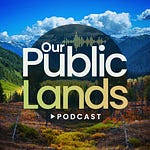

Share this post